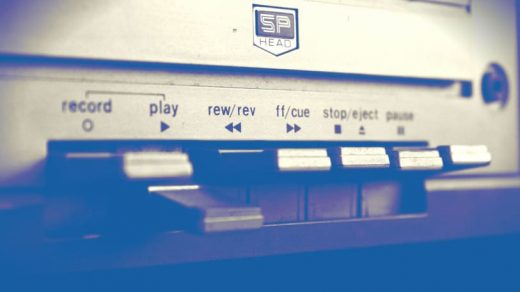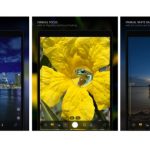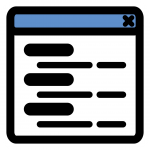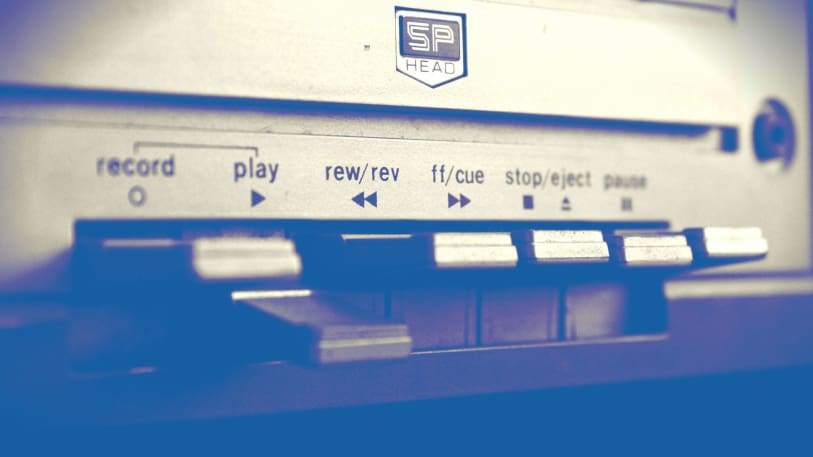Why You Should Create A Music Playlist For Your Next Meeting
Few of us look forward to meetings, but they’re a necessary evil of the business world. In a survey of 1,000 office workers by task management software provider Igloo, the most common word used to describe meetings is “boring.”
And it’s not just participants who dread them; meetings are awful for both sides of the table, says Ted Frank, author of Get to the Heart: How Movie Storytelling Secrets Can Make Your Presentation Clear, Compelling, and Earn You a Seat at the Table. “If you attend, you have to sit through chart after chart,” he says. “And if you’re presenting, you’ve worked your butt off. You have good information and great ideas that need to get heard, but delivering your insights to a weary group is hard.”
If you’re conducting the meeting, the quickest way to change the mood and get your audience into the right moment, place, or emotion is by using music, says Frank.
“When it’s done right, music is the secret ingredient for a killer presentation,” he says. “It’s an immediate surprise that signals to everyone that this is not going to be the same as every other presentation they’ve seen that day. And it relaxes them and opens their minds.”
Music is a tool movies use to effectively tell stories, and soundtracks are designed to shape the audience’s emotions throughout films.
“Music allows movies to do what few other mediums can: hold a person’s attention for a long time,” says Frank. “The average attention span is 8.25 seconds, yet we can sit for two hours and be enveloped in a movie, all because they manage the tension throughout. Imagine Jaws without the music; it wouldn’t be as scary.”
What Type Of Music To Play
Business meetings and presentations play to a different audience than movies, so choosing the right songs is important. The kind of music you choose should depend on the reaction you want to evoke, and Frank says there are three types:
Open music. If you’re introducing a new concept and want to take people into a new opportunity, Frank suggests using “open music” that feels spacious, such as “To Be Surprised” by Sondre Lerche. “It’s the kind of music that makes you feel like you’re sitting on the porch on a Sunday that starts out mellow and opens up and expands,” he says. “This music tells the listener, ‘Now we’re going into somewhere new. It’s time to shift gears.’”
Hold music. Hold music “holds” you in place and creates the feeling of stress, says Frank. “Creating tension in your message releases cortisol in the listener,” he says. “The stress hormone that makes people focus and feel like they need to be there.” “This Woman’s Work” by Kate Bush is one example.
Propel music. If you want to get people ready for action, play “propel music,” says Frank, who likes to use “It’s Your Thing” by the Isley Brothers. “This is usually done at the end of the presentation to get to the climax,” he says. “It feels very triumphant.” It also plays into science, Frank adds. “When you listen to propel music, oxytocin is being released as you’re building up to the arch,” he says. “It’s the inspiration hormone that makes us feel open to new ideas, wanting to be better and do better.”
When to Hit “Play”
You don’t want to look like a DJ manipulating the situation, and you don’t want to overcomplicate your meeting by having to manage an iPhone at the same time, says Frank. There are two easy places to include music in your meeting.
First, have music playing as the participants are walking into the room. “You don’t have to manage much–just hit play–and it delivers the same effect that happens when you walk into a restaurant or store where good music is playing: It lifts the mood.”
Frank says anything universally loved, upbeat, and positive is a good choice. He likes songs by Michael Jackson, Pharrell Williams, and Al Green. “That takes all of the participants’ dread out of the meeting,” says Frank. “Most of us expect to be bored in a meeting. Music can make you much more open to hearing ideas. It makes you feel refreshed and relaxed. You instantly know this isn’t going to be another two-hour meeting with charts on a screen.”
In addition, if you are using video or slides, embed music in short spurts, says Frank. “Videos are a great container for music,” he says. “It makes the video much more effective and seem to flow quickly.”
Videos are also good vehicles for music because the sound can be contained in the video. “You don’t have to manage it, and it feels appropriate,” says Frank.
While you could play music at the end of your meeting, use caution, says Frank. “Meetings often end with a Q&A, and turning on a song could seem too contrived,” he says.
If you are having a small confidential meeting with less than 10 people, Frank says you can use your own personal playlist. At a large presentation, however, you’ll need permission to use an artist’s work. “If you want to use Taylor Swift, you’ll need to start filling out paperwork to get permission,” he says. “Stock music sites also have a lot of options.”
If everything goes well, you’ll start seeing emotion in the audience that you want to evoke. “They should be enveloped in what you’re saying,” says Frank. “You’ll see eyes wide open and gazing, and you might see some heads bobbing.”
Fast Company , Read Full Story
(38)














